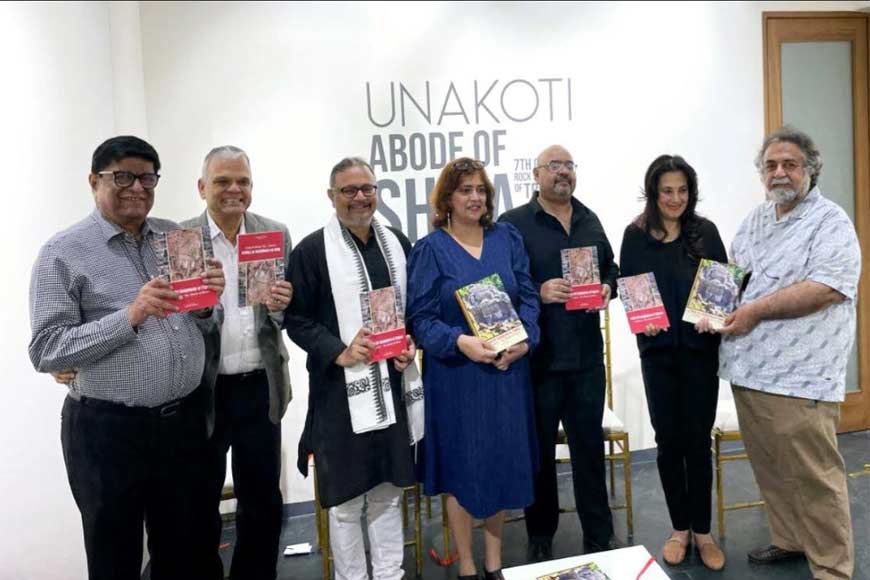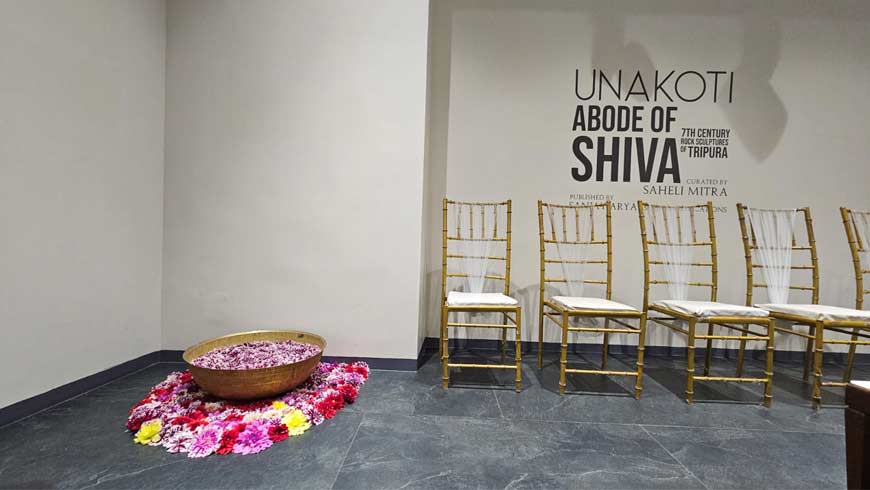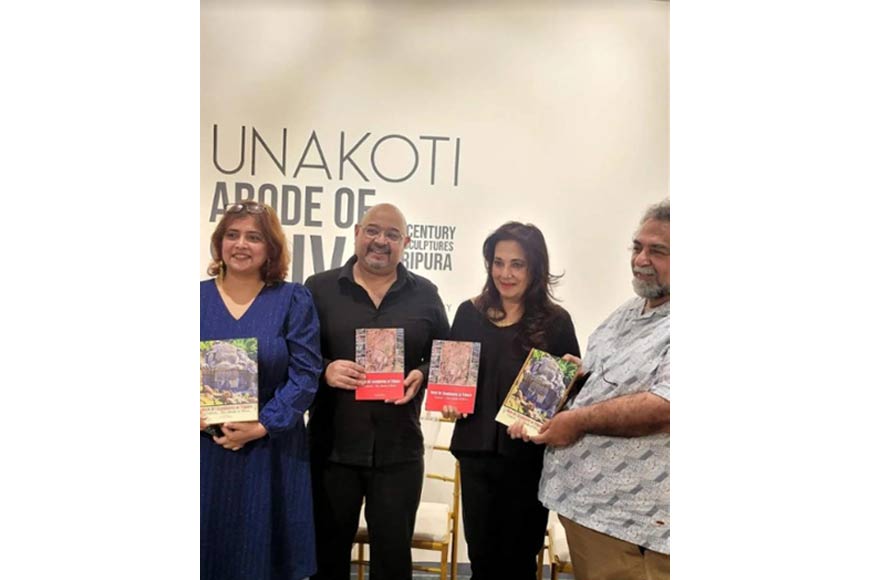Book on ‘One Less-than-a-crore Rock carvings of Unakoti’ released – GetBengal story

One of India's most remarkable yet lesser-known archaeological sites lies tucked away in the remote forests of Tripura. Dating back to between the 7th and 9th centuries, the Unakoti site boasts rock carvings numbering one less than a crore. These carvings, located in the Unakoti site, raise questions about who made them and how they reached such a remote area centuries ago. Today, reaching the Unakoti site from Agartala requires a four-hour journey along a motorable road.
The site, soon to be shortlisted as a UNESCO World Heritage site, is a hidden gem of Tripura and is often touted as the Angkor Wat of Bengal . What makes Unakoti unique is its carvings of huge faces of Lord Shiva and other Tantric Gods and Goddesses, set in an area mostly inhabited by tribes. Little was known about this site until recently, highlighting the need for a properly researched book to document its significance.

A new book titled ‘Rock Art Sculptures of Tripura: Unakoti - The Abode of Shiva’, curated by author and journalist Saheli Mitra, was launched on 2nd March at the city’s Middleton Art Gallery, attended by various luminaries. Special guest for the event was actress Moonmoon Sen, who is married to the Tripura Royal Family along with Rajendra Khandelwal, Honorary Consul General of Nigeria, Debanjan Chakraborti, Director East and North-east, British Council, and Atri Bhattacharya, IAS.
Also read : Book launch: 'Park Street Theke Phire Dekha'
Saheli Mitra described the site as a treasure trove. She said while putting the book together, she gathered knowledge from old Bengali books that left her in awe and amazement.
“It is shocking that most of us have not even heard of such a historic site. And please do not connect this place with religion. It is rather an artistic exploration aside from being spiritual. It might be a partly Buddhist-Tantric site. Partly a Shaiva site. Its historicity is shrouded in mystery as is for many religious and spiritual places. While some are known, others go unknown. This was a site that had been discovered by the tribals living there.”
Debanjan Chakraborti, who has extensively traveled in North-East India, expressed great interest in Unakoti, noting its architectural resemblance to temples in South-East Asia. “Sites like these are interesting because they have such a resemblance to the architecture of Angkor Wat or other temples of South-East Asia.”

He also raised concerns about the theft of sculptures at the site due to inadequate protection. Even though it is protected by ASI, it still remains a considerably open and remote place. He urged the authorities to take immediate action so as to protect the heritage site and stop the smaller carvings from being stolen.
Atri Bhattacharya suggested empowering local tribal communities to improve site protection and promote tourism. He highlighted the importance of storytelling in immortalizing such unique places and spreading awareness, applauding Saheli Mitra's book as a valuable document in this regard. He said “Over a 200-acre site, it (Unakoti) housed many carvings. Though the number of sculptures have reduced over time, it still houses a few thousand carvings. One can improve protection of the site by empowering local tribal communities and invoke a sense of community feeling in them so that they remain united. Social media is a very good tool in spreading information and if people visited the site, the tribals could also earn by means of tourism.”










